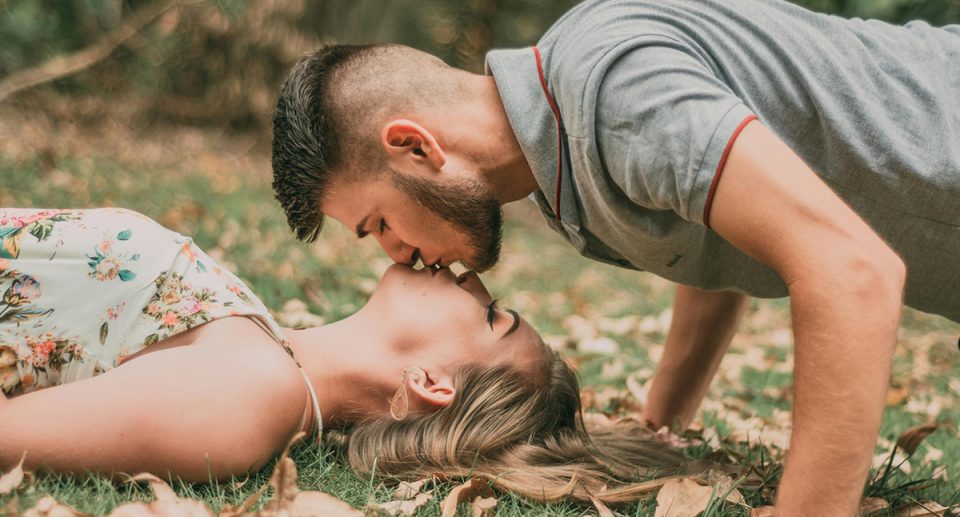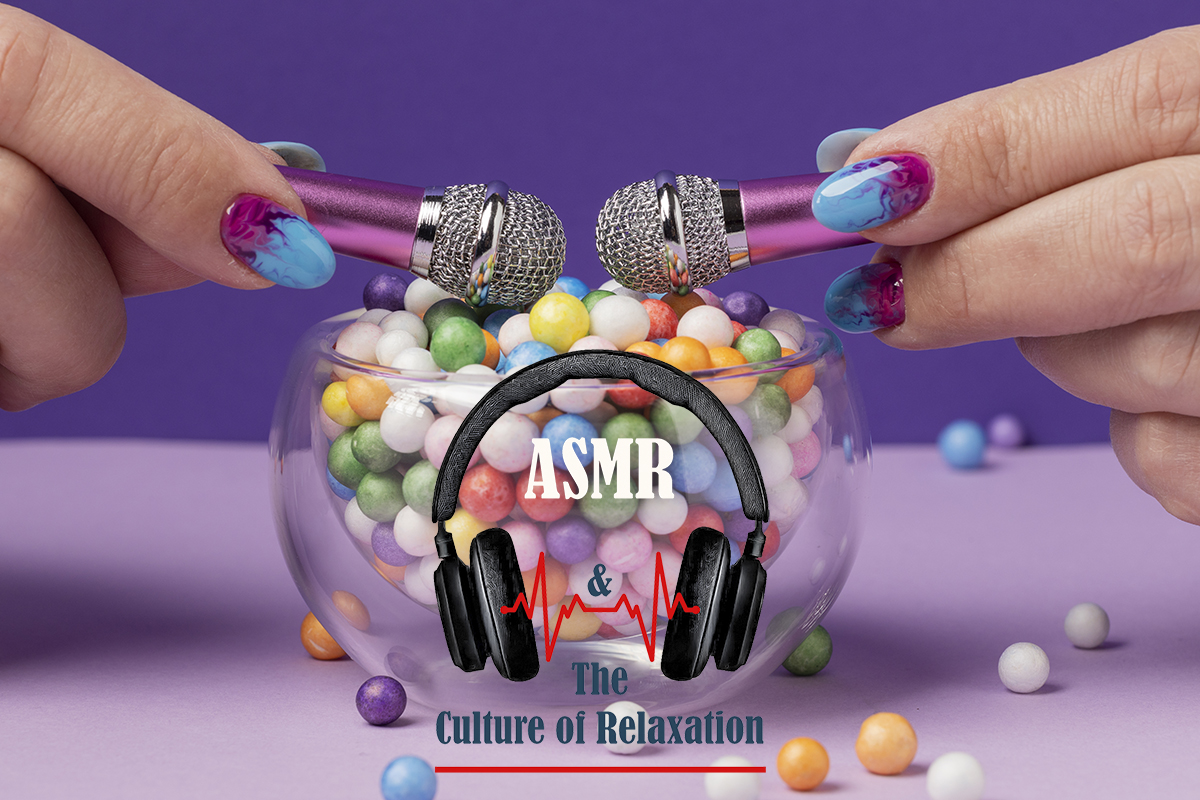Why do we kiss? Is there a logical explanation for it?

People engage in various forms of affectionate gestures, such as sitting in a tree or under the mistletoe at midnight to welcome the new year. In folklore, kisses have the power to transform creatures, awaken slumbering heroines, resolve conflicts, and seal fates – as seen in the tale of Romeo Montague.
The significance of a kiss is deeply ingrained in our culture, to the point where it extends to actions beyond mere lip contact, like butterfly kisses or the Eskimo kiss, a nose-to-nose gesture known as kunik in Inuit culture. A similar traditional greeting in Māori culture involves pressing noses together, known as hongi.
The practice of kissing dates back 4,500 years to ancient Mesopotamia, as indicated by cuneiform texts portraying it as a common aspect of romantic intimacy. Despite millennia passing, the origins of kissing remain a topic of debate, with some theories suggesting it evolved from primate grooming behaviors in our distant past.
Theories surrounding the origins of kissing vary, with Freud linking it to infantile pleasures, while others propose associations with feedings rituals like premastication. Evolutionary psychologist Adriano Lameira suggests that premastication alone may not fully explain the unique form of kissing involving lip protrusion and suction movements.

What’s the significance of a kiss?
Some researchers have suggested that kissing might have evolved from a grooming ritual, where individuals remove parasites or debris from each other’s fur. This behavior is commonly observed among family and friends in great apes, who use a slight suction movement with protruded lips to clean each other.
Interestingly, kissing is not unique to humans; other ape species like bonobos and chimpanzees also engage in similar behaviors. Bonobos are known for their passionate tongue interactions, while chimpanzees have been seen kissing and embracing after conflicts. However, most kissing in great ape species involves mouthing or peck-like gestures.
Primates often use mouthing during grooming, which could have potentially led to the development of kissing in humans, though the exact evolution of this behavior remains a mystery.
The science of kissing
What’s in a kiss? About 80 million bacteria, for starters, which are exchanged in the course of a 10-second pash. A locking of lips, one of most sensorily rich parts of the body, floods the brain with tactile information and lowers levels of the stress hormone cortisol. Saliva contains testosterone, leading some anthropologists to suggest that kissing is an unconscious means of stimulating sex drive in a potential mate.
“There is no question that mouth-to-mouth kissing allows the exchange of proteins and other cells in saliva and that this gives us very accurate information of both the immune system make-up of the other person and also their health,” Dunbar says. His research suggests that romantic kissing might be used to evaluate a potential mate’s suitability, as well as to mediate feelings of closeness between couples.
In unrelated work, a study of 26 couples found that upping the frequency of necking was associated with improved cholesterol levels, as well as perceived improvements in stress and relationship satisfaction.

Is there a correct technique for kissing?
Surprisingly, yes: numerous studies have revealed that most individuals lean their heads to the right when kissing a romantic partner. This preference has been linked to a potential innate inclination in humans to favor turning right, a behavior that may manifest as early as in the womb. Interestingly, this right-leaning tendency is not as prominent in non-romantic kisses; for instance, parent-child kisses often involve a tilt to the left.
Some researchers suggest that this difference indicates that the direction of head tilt during kissing may be a learned behavior rather than a natural instinct. Despite these variations, kissing is a widespread cultural practice, with studies showing that it is present in about 90% of known societies.
This suggests that non-sexual kisses, such as those between adults and children, may be a universal expression of care and affection, highlighting the diverse ways in which parents demonstrate their love and involvement.

Is romantic kissing a result of evolution?
Certain researchers, including Jankowiak, remain skeptical about the idea that romantic kissing is a result of evolution. They argue that if it were an evolutionary trait, it would be as widespread as non-sexual kissing practices. However, a comprehensive study conducted in 2015 by Jankowiak and his team across 168 cultures globally revealed that romantic kissing was present in less than half (46%) of them.
This lack of universality suggests that romantic kissing may have been culturally discovered and reintroduced over time. For example, the Mehinaku people of Brazil initially found European kissing customs repulsive upon first observation.
This raises the question of what cultural influences led people to abandon a behavior that might be genetically ingrained and pleasurable.Jankowiak’s research also uncovered a correlation between the prevalence of romantic kissing and clothing habits.
While romantic kissing was nearly ubiquitous among nine out of 11 cultural groups residing in Arctic regions, it was notably absent in groups living in tropical and subtropical areas. Jankowiak suggests that in environments where people are more clothed, facial touch becomes a significant tactile interaction.
This implies that while humans may have a natural inclination towards tactile contact, the lips may not necessarily be the primary focal point in all cultures.




















